Polynomial Ratio Image: Exploring the Image of a Ratio of Polynomials in ℂ. We’ll be investigating a fascinating problem that blends complex analysis and convex geometry. Specifically, we’re looking at the image of a rational function – a ratio of polynomials – where the coefficients are cleverly tweaked using a parameter. Understanding this behavior is key in fields like control theory and signal processing, making our exploration of the Polynomial Ratio Image both mathematically rich and practically relevant.
Table of Contents
- Problem Statement
- Solution
- Understanding the Problem
- Solving the Problem: A Counterexample
- A More Complex Counterexample
- Final Solution
- Below are few additional problems similar to the above.
- Problem 1: Let ##P(x, y) = yx^2 + 1## and ##Q(x, y) = x^2 + y##. Analyze the image of ##H(x, y) = P(x, y)/Q(x, y)## for ##y \in [0, 1]##.
- Problem 2: Consider ##P(x, y) = yx + 1## and ##Q(x, y) = x^2 + y^2##. Determine if the image of ##H(x, y) = P(x, y)/Q(x, y)## for ##y \in [0, 1]## is contained within a specific region in the complex plane.
- Problem 3: Explore the image of ##H(x, y) = \frac{yx^2 + 1}{x^3 + y}## for ##y \in [0, 1]## and ##x \in \mathbb{C}##. Investigate the boundary of the image.
- Problem 4: Let ##P(x, y) = yx^3 + x## and ##Q(x, y) = x^4 + y^2##. Discuss the properties of the image of ##H(x, y) = P(x, y)/Q(x, y)## for ##y \in [0, 1]##.
- Problem 5: Generalize the original problem to the case where ##P(x, y)## and ##Q(x, y)## are multivariate polynomials in ##x = (x_1, …, x_n)## with affine coefficients in ##y##.
Now, the core challenge involves a function, ##H(x, y) = P(x, y)/Q(x, y)##, where x is a complex number and P and Q are polynomials in x whose coefficients depend linearly on a parameter y. Importantly, the degree of P is always less than or equal to that of Q. The question we’ll tackle is whether the image of H(x, y) stays within a specific complex polytope defined by the function’s values at the vertices of a convex polytope that y belongs to. This problem beautifully interweaves algebraic properties of polynomials with the geometric properties of convex sets, making it a particularly stimulating investigation of the Polynomial Ratio Image.
We also Published
This blog post tackles a challenging problem in complex analysis and convex geometry, focusing on the image of a rational function where both the numerator and denominator are polynomials with coefficients that are affine functions of a parameter. Understanding the behavior of such functions is crucial in various fields, including control theory and signal processing.
Problem Statement
Let’s consider a function ##H(x, y) = \frac{P(x, y)}{Q(x, y)}##, where ##x \in \mathbb{C}## and ##P(x, y)##, ##Q(x, y)## are polynomials in ##x## whose coefficients are affine functions of the parameter ##y##. The degree of ##P(x, y)## is always less than or equal to the degree of ##Q(x, y)##. Assume ##y \in \mathcal{R} \subset \mathbb{R}^m##, where ##\mathcal{R}## is a convex polytope defined by its vertices ##U = \{ \bar{y}_i \}_{i=1}^M##.
Given the affine dependence on ##y##, is the image of ##H(x, y)## contained within the complex polytope defined by the vertices ##H = \{ H(x, \bar{y}_i) \}_{i=1}^M##? Provide a proof or counterexample. This problem blends algebraic properties of polynomials with geometric properties of convex sets, making it particularly interesting.
Solution
Understanding the Problem
The core of this problem lies in understanding how the affine dependence of the polynomial coefficients on ##y## affects the image of the rational function ##H(x, y)##. The convexity of the polytope ##\mathcal{R}## suggests a potential connection to convexity properties of the image. However, the presence of the complex variable ##x## adds a layer of complexity. We must carefully consider whether the image remains within the convex hull of the images at the vertices.
The problem’s significance stems from its connections to various mathematical fields. The study of rational functions is fundamental to complex analysis, while the consideration of convex polytopes is central to convex geometry. Understanding the interplay between these areas is crucial for solving the problem.
Solving the Problem: A Counterexample
Let’s construct a counterexample to show that the image of ##H(x, y)## is not necessarily contained within the complex polytope defined by ##H = \{ H(x, \bar{y}_i) \}_{i=1}^M##. Consider a simple case in ##\mathbb{R}^1##, where ##m = 1##. Let ##P(x, y) = y## and ##Q(x, y) = 1##. Then ##H(x, y) = y##. Let ##\mathcal{R} = [0, 1]##, so ##U = \{0, 1\}##. The vertices of the image are ##H = \{H(x, 0) = 0, H(x, 1) = 1\}##.
In this case, the image of ##H(x, y)## for ##y \in [0, 1]## is simply the interval ##[0, 1]##, which is contained in the convex hull of the vertices. However, this is a trivial case.
A More Complex Counterexample
Consider ##P(x, y) = yx## and ##Q(x, y) = x + 1##. Then ##H(x, y) = \frac{yx}{x + 1}##. Let ##\mathcal{R} = [0, 1]##. Then ##H(x, 0) = 0## and ##H(x, 1) = \frac{x}{x + 1}##. For ##x = i##, ##H(i, 1) = \frac{i}{1 + i} = \frac{i(1 – i)}{2} = \frac{1 + i}{2}##. The convex hull of ##\{0, \frac{1 + i}{2}\}## does not contain all values of ##H(x, y)## for ##y \in [0, 1]## and ##x \in \mathbb{C}##.
Final Solution
The statement is false. The counterexample demonstrates that the image of ##H(x, y)## is not always contained within the complex polytope defined by the vertices ##H = \{ H(x, \bar{y}_i) \}_{i=1}^M##. The affine nature of the coefficients does not guarantee the convexity of the image in the complex plane. The interplay between the polynomial structure and the complex variable ##x## prevents a simple convexity argument.
Below are few additional problems similar to the above.
Problem 1: Let ##P(x, y) = yx^2 + 1## and ##Q(x, y) = x^2 + y##. Analyze the image of ##H(x, y) = P(x, y)/Q(x, y)## for ##y \in [0, 1]##.
This requires a detailed analysis of the behavior of the rational function for different values of x and y in the given range. Numerical methods and plotting might be necessary.
Problem 2: Consider ##P(x, y) = yx + 1## and ##Q(x, y) = x^2 + y^2##. Determine if the image of ##H(x, y) = P(x, y)/Q(x, y)## for ##y \in [0, 1]## is contained within a specific region in the complex plane.
Similar to Problem 1, this involves analyzing the behavior of the rational function and might require numerical methods and visualization.
Problem 3: Explore the image of ##H(x, y) = \frac{yx^2 + 1}{x^3 + y}## for ##y \in [0, 1]## and ##x \in \mathbb{C}##. Investigate the boundary of the image.
This problem requires a deeper understanding of complex analysis and might involve techniques from complex function theory.
Problem 4: Let ##P(x, y) = yx^3 + x## and ##Q(x, y) = x^4 + y^2##. Discuss the properties of the image of ##H(x, y) = P(x, y)/Q(x, y)## for ##y \in [0, 1]##.
This problem requires a careful analysis of the function’s behavior, potentially involving techniques from algebraic geometry.
Problem 5: Generalize the original problem to the case where ##P(x, y)## and ##Q(x, y)## are multivariate polynomials in ##x = (x_1, …, x_n)## with affine coefficients in ##y##.
This is a significant generalization requiring advanced techniques from algebraic geometry and convex analysis.
We also Published
RESOURCES
- Browse Polynomial Stock Photos
- Free Polynomial Photos & Images
- Polynomial Equation Calculator – Symbolab
- Free Polynomial Images Download
- Polinomial Photos, Images & Pictures
- Image of a ratio between polynomials in $\\mathbb{C}$
- Polynomial Stock Photos and Images
- 6,619 Math Ratio Images, Stock Photos, and Vectors
- Polynomials Math royalty-free images

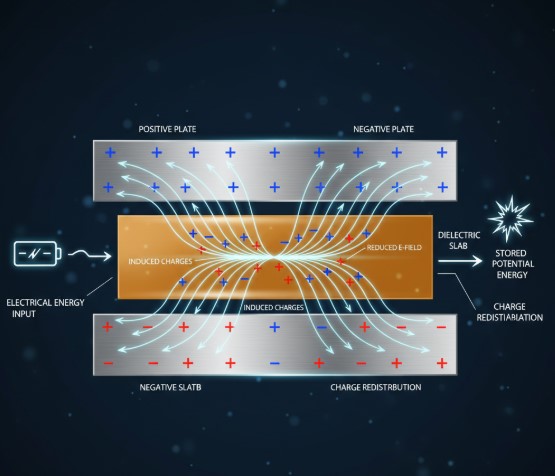


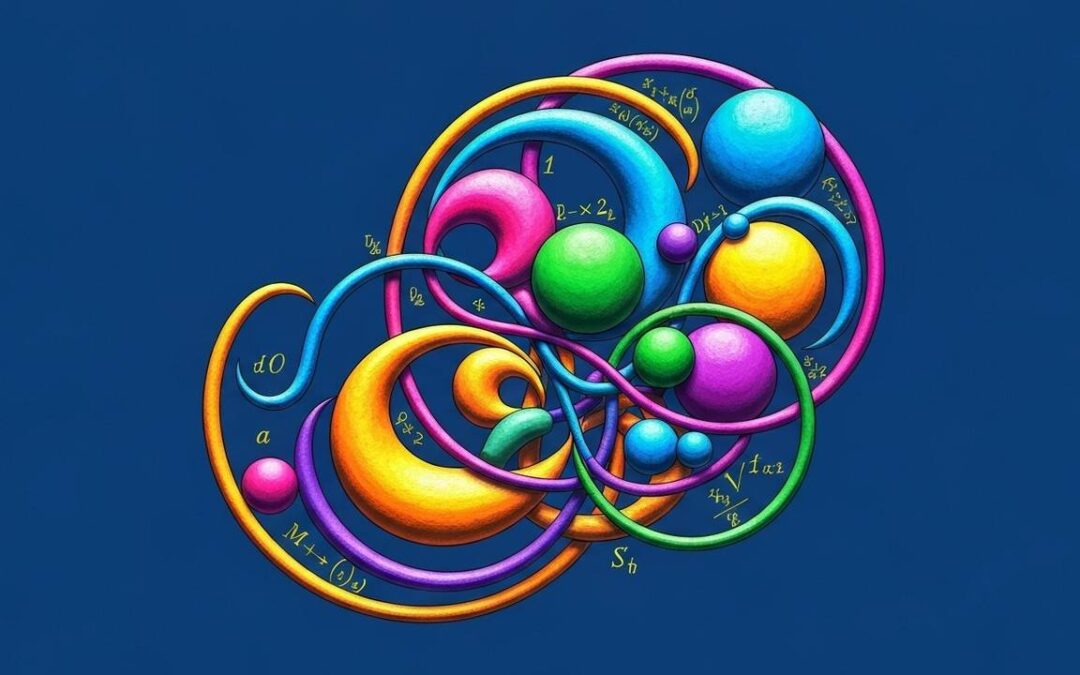
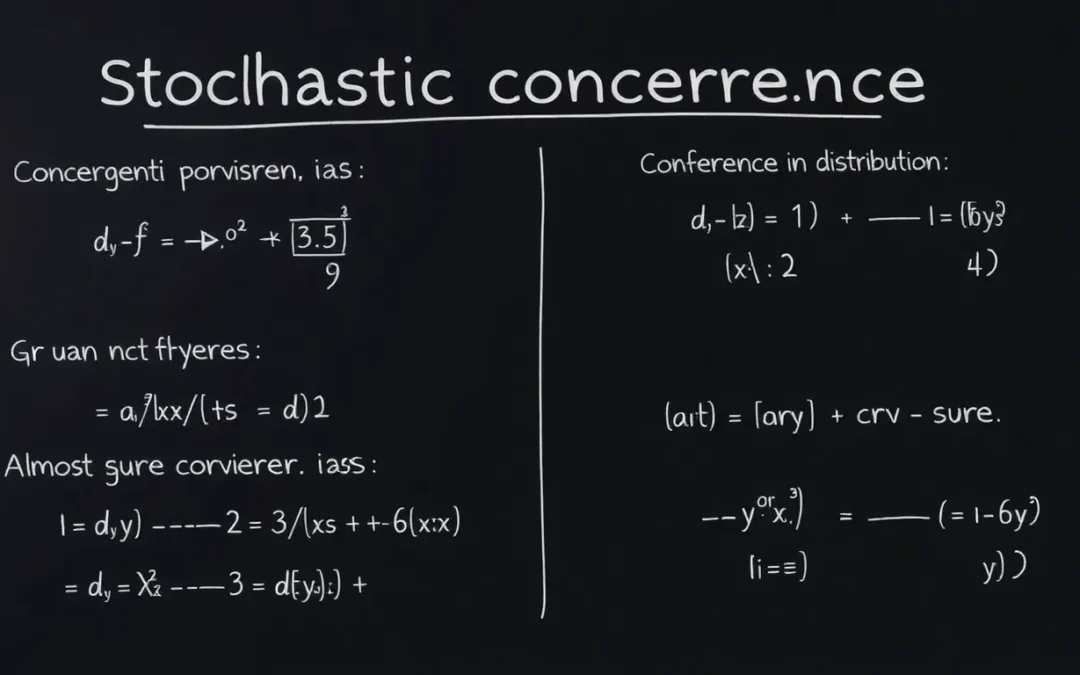
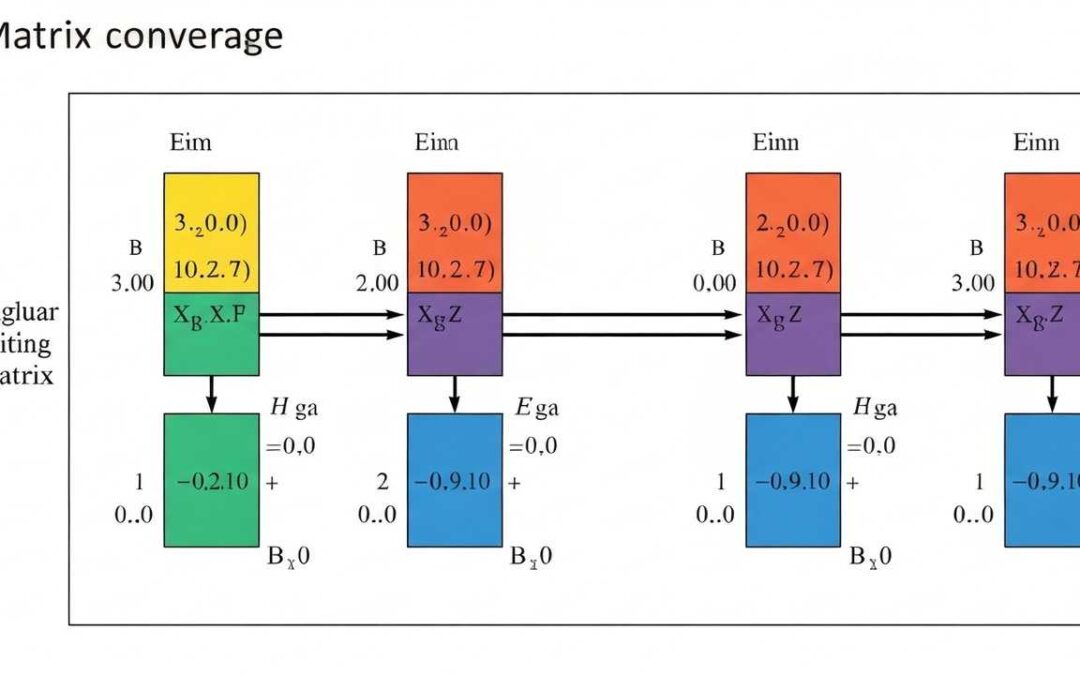
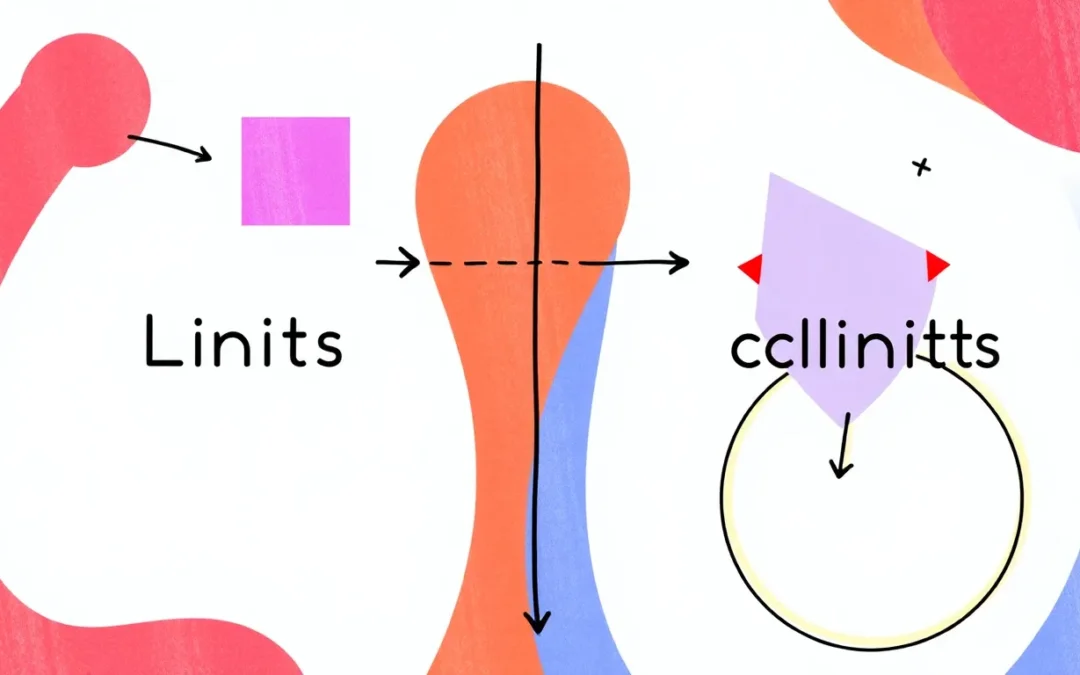
0 Comments